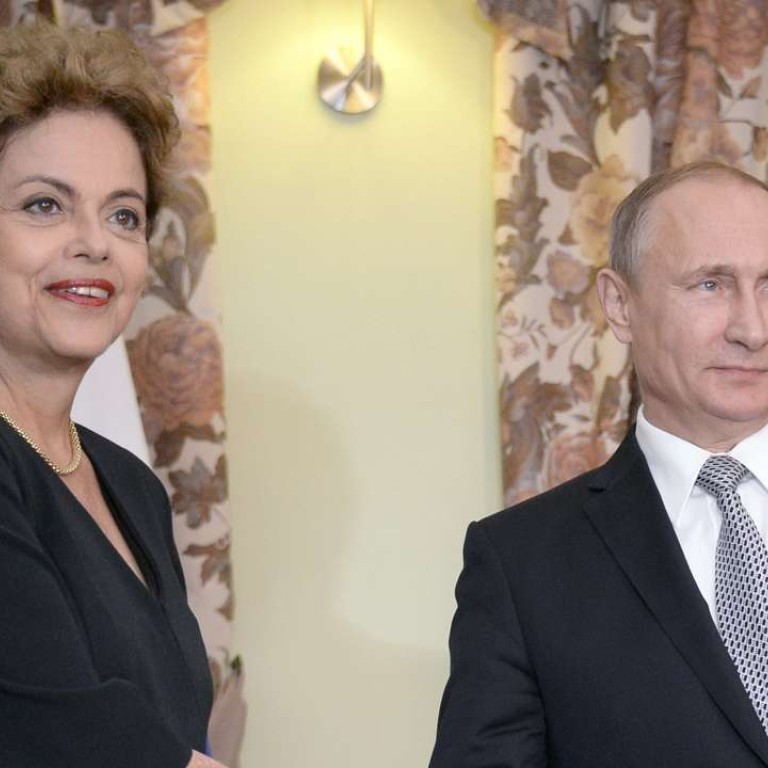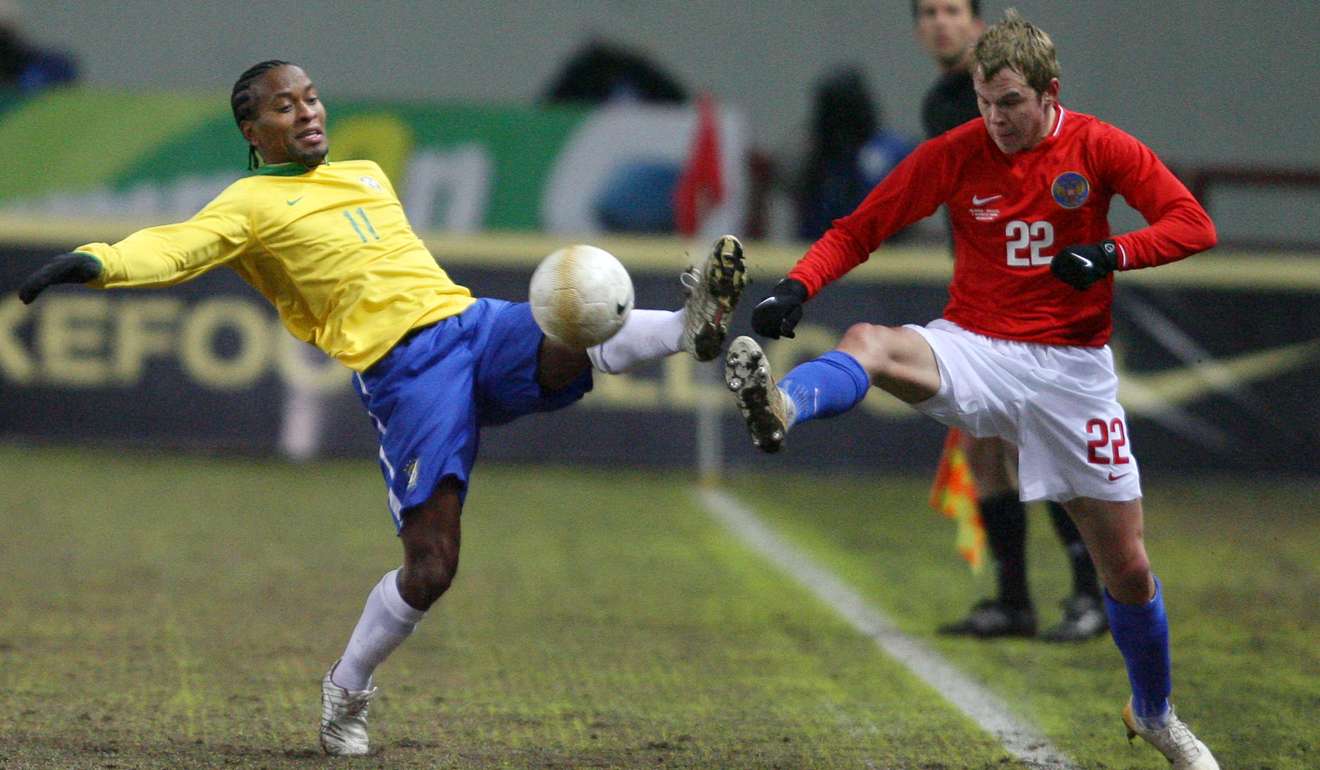
Russia and Brazil come in from the cold, as investors pile in
Russian bonds generate returns of 37.5pc, Brazil’s main stock market rises nearly 40pc, and both their currencies surge against the greenback
Financial markets move in mysterious ways.
Last year, Brazil’s economy shrank by 3.5 per cent year-on-year, according to the International Monetary Fund (IMF), only a tad less steep than the 3.8 per cent contraction in 2015.
Russia’s economy, meanwhile, performed much better last year but still contracted by 0.6 per cent, having shrank by 3.7 per cent during the previous year.
Even by the relatively mediocre standards of advanced economies, these GDP numbers are extremely bleak. The average growth rate for developed economies last year was 1.6 per cent, while emerging market (EM) economies expanded at an average rate of just over 4 per cent, according to the IMF.
Yet in the financial markets, Brazil and Russia have been on a roll over the past year.
In 2015, the real, Brazil’s currency, plunged 46 per cent against the dollar due to a rapidly escalating political crisis, a severe deterioration in the country’s public finances and a dramatic erosion in the nation’s creditworthiness, with two of the three major rating agencies downgrading Latin America’s largest economy to “junk”, or non-investment grade.

Brazilian local bonds and equities also performed strongly. According to JPMorgan, returns on Brazilian domestic bonds last year reached nearly 60 per cent, the highest among developing economies, due to a sharp decline in yields and a significant appreciation in the real.
The Ibovespa, meanwhile, Brazil’s main stock market index, rose nearly 40 per cent, the best performing major EM equity market last year.
Why have international investors suddenly become so bullish on a country still mired in its deepest recession in a quarter of a century?
The short answer is politics.
Last year’s impeachment of Dilma Rousseff, Brazil’s deeply unpopular leftist president, and her replacement with the country’s pro-business former vice-president, Michel Temer, has led to a surge in optimism among investors that Brazil’s protracted period of political instability has finally come to an end and that much-needed fiscal reforms will be implemented to help turn around the economy.
Investors are also encouraged by the sharp fall in inflation — the scourge of Brazil’s economy — which is now within the central bank’s target range, making room for hefty cuts in interest rates which were as high as 14.25 per cent as recently as last October.
Investors have become even more bullish on Russia.
...few would have bet a year or so ago that the real and the rouble would be strengthening following a ‘Brexit’ and Trump’s victory in the US election. Markets do indeed move in mysterious ways
Following a dramatic deterioration in investor sentiment in 2014 when the West imposed punitive sanctions on Russia in response to its annexation of the Crimean peninsula and its military support for separatist rebels in eastern Ukraine, the rouble, Russia’s currency, went into freefall.
Yet last year, it surged 15.5 per cent against the dollar (compared with a 23.5 per cent plunge in 2015) and is now even considered too strong for the good of the country’s dominant energy exporters. Russian local bonds, meanwhile, generated returns of 37.5 per cent last year, according to JPMorgan, while the RTS, Russia’s benchmark equity index, shot up more than 50 per cent, the second-best performing major EM stock market.
Again, politics is partly at play.
Trump’s victory has raised expectations of a thaw in US-Russian relations given the US president’s effusive comments about Vladimir Putin, his Russian counterpart, and his apparent eagerness to lift US sanctions on Russia.
More importantly, the recovery in commodity prices – the price of oil, the lifeblood of Russia’s economy and its biggest export, has surged 90 per cent since January last year – has turned the rouble into one of the most popular and overbought currencies in the world.
The big question, however, is whether investors in Brazil and Russia have gotten ahead of themselves.
There are ample reasons to doubt whether the rally in both markets is sustainable.
In Brazil, not only are there scant signs that the recession is abating (the sharp fall in inflation is mainly due to the severity of the downturn), it remains unclear whether Temer will be able to carry out and sustain crucial economic reforms.
In Russia, meanwhile, the prospects for meaningful reforms to help diversify the economy away from oil are even bleaker while the oil price itself remains under strain because of persistent supply pressures, notably in the US.
Still, few would have bet a year or so ago that the real and the rouble would be strengthening following a “Brexit” and Trump’s victory in the US election.
Markets do indeed move in mysterious ways.

